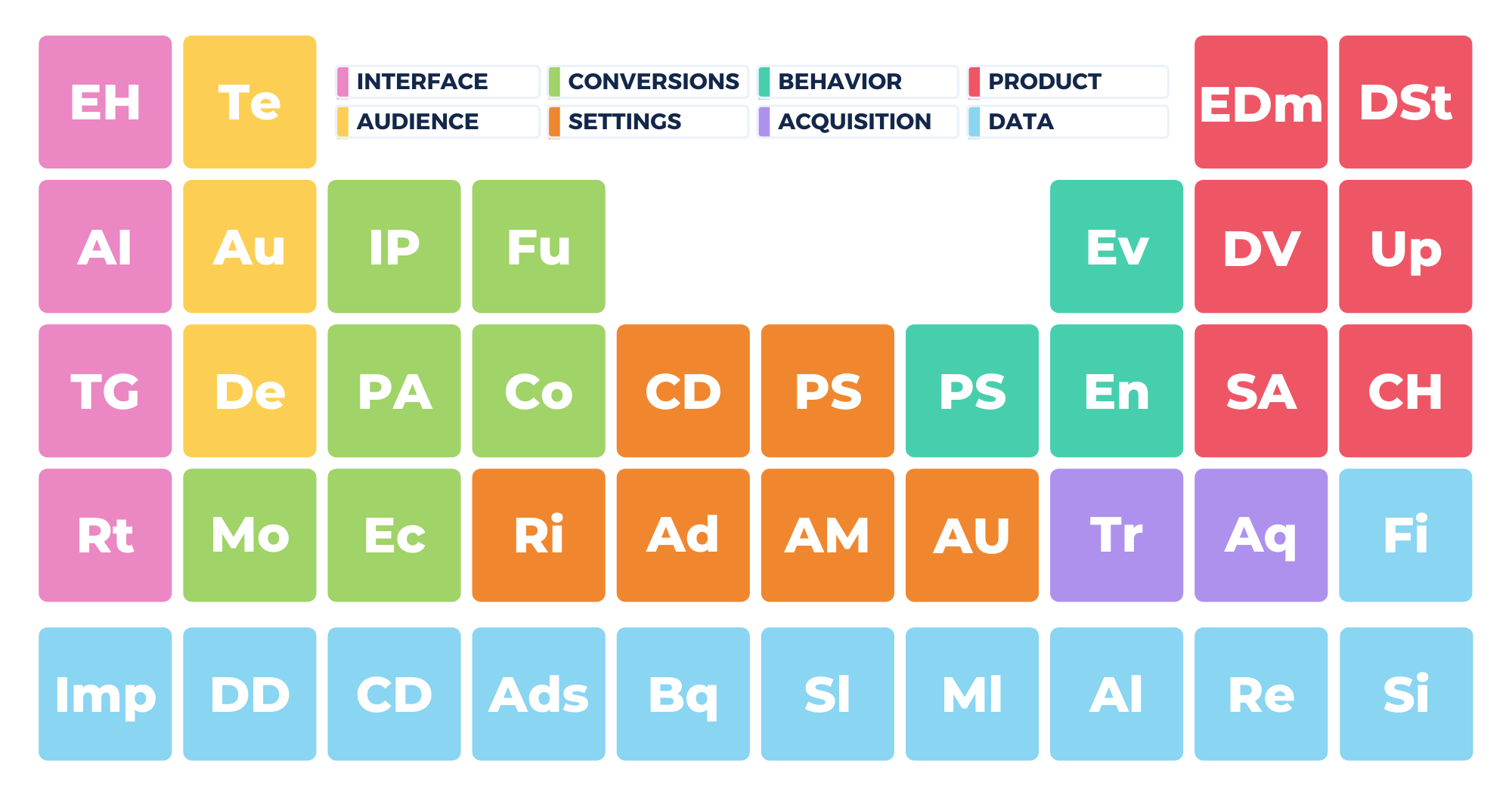
SETUP ASSISTANT
The best way to get started with GA4

If you’ve been using Universal Analytics for a while, you might be nervous about switching over to Google Analytics 4. But the good news is, you don’t have to switch!
Instead, you can create a new GA4 property and link it to your existing UA property, and the best way to do this is by using your setup assistant.
So what is the setup assistant in Google Analytics 4?
The Setup Assistant allows you to quickly connect your Universal Analytics and GA4 property but more importantly, it acts as a checklist for getting your GA4 property up and running. You'll find a list of items that need your attention in order to get the most out of your account.
Today we’re going to walk you through how to create your new GA4 property without affecting your existing Universal Analytics property. From there, we’ll show you how to get started using the setup assistant. If you'd prefer to do this manually, you check out our GA4 setup checklist here.
What is the Setup Assistant?
Setting up your new GA4 property is a breeze thanks to the setup assistant. Your setup assistant is a page that you can get to by going to “Admin” in your GA4 property. If you’re just creating your new property, you’ll automatically be sent there once you open it. We’ll explain more below, but basically setup assistant helps you get started with the new platform.
If you’re looking to make the switch from Universal Analytics to GA4, the first thing you need to know is that you won’t be able to just update your current properties into the new platform. GA4 is structured completely differently than UA, so moving all your data between them isn’t possible.
But you can create a new GA4 property (app+web property) and link it to your existing UA property. As you move into using GA4, this is our recommendation. The new platform is still being updated and there are still some features only available in Universal Analytics. While things are still rolling out, it’s best to keep both versions and link your properties together to gain a holistic view of your data.
That’s where Google Analytics’ setup assistant comes in. You’ll see a prompt in your Universal Analytics account to upgrade to GA4. We’ll talk about where to find this option and what to do next in the following section.

Creating Your GA4 Property
The first step is creating your new GA4 property, and luckily, that’s simple. Getting started with GA4 is easy because Google wants to encourage users to start using the new platform and getting comfortable.
If you have an existing UA account, you’ll want to first start by creating your GA4 property and linking it to your UA one. To create a new app+web property (GA4 property), go to your existing UA property and click “Admin.” Then, under property, you’ll see the “GA4 setup assistant” option.

Once you click there, you’ll see a new window with a “Get started” button.

Next, you’ll see the setup wizard appear. If you want to use your current GTM tags, you can click the optional box. But as Google warns, the customizations you’ve set up won’t automatically transfer.
Obviously, using your existing tags makes things much easier, but this option isn’t available for everyone. If you’re using gtag.js, you should be able to use your current tags, but if you’re running an older implementation such as analytics.js, this won’t be an option for you.
When you’re ready, just click the “Create property” button.

Once you do this, a new browser tab will automatically open with your newly created GA4 property. As Google mentions in the setup wizard screen, your existing property isn’t affected in any way, so there’s really nothing to fear in getting started with your app+web property.
Keep in mind, though, that your new GA4 property is basically useless until you configure GTM along with your GA4 property. Again, you can transfer your tags by clicking the box, but there will be customizations you’ll need to transfer, and for some users, you’ll need to install new tags altogether.
Once you activate the setup wizard, a few things will happen. Along with creating a new GA4 property, the setup wizard will do a few more things:
- It will copy the property name, website URL, and currency and time zone settings from your existing UA property.
- The setup wizard will also create a connected site tag between your UA property and your new GA4 property. But this will only happen if you click the box when prompted as we mentioned above. Also, your site must already be tagged with gtag.js.
- When you use the setup wizard, Google will automatically link your existing UA property to your new GA4 property. This means you’ll be able to use setup assistant in your new GA4 property. Doing so will allow you to migrate configurations from your existing property to the new one.
- Analytics will also automatically activate enhanced measurements in your new property.
Once the setup wizard is done doing its magic, you’ll be automatically sent to the setup assistant in your new GA4 property. You’ll see a message up top that says “You have successfully connected your properties” which lets you know your properties are linked.
If your tags are working properly, you’ll automatically start collecting data, but again, you’ll need to make configurations and run tests to get things flowing smoothly.
To get started collecting data, you’ll want to run the setup assistant, which we’ll cover in the next section.

Using Setup Assistant in GA4
Once you’ve used the setup wizard to create your new GA4 property, you’ll be automatically redirected to your setup assistant. If you need to come back here, just go to “Admin” in your GA4 property. You’ll see the “Setup assistant” option under “Property.”

The first thing you’ll need to do when using setup assistant is to start tracking a data stream with GTM. Data streams are the sources of data that feed into your joint app+web GA4 property. You’ll need to create at least one data stream to begin collecting data.
To start tracking with GTM, click the arrow next to the “Tag installation” option in your setup assistant.

You’ll automatically be sent to your data streams where you can click on your web property.

Here, you’ll see your measurement ID which you’ll need to use along with your GTM tag. You’ll also see options to use new on-page tags and your existing on-page tags.

To use your measurement ID to get Analytics to start tracking with Google Tag Manager, just go to your GTM account and create a new tag. Then go to Tag configuration > Google Analytics: GA4 configuration. You’ll then be able to enter the measurement ID you got by clicking on your web data stream in your new GA4 property. Set the triggering to fire on all pages, and you’re all set to start collecting data for your web data stream.
All the other essentials for getting started with your new GA4 property are available in the setup assistant, so you’ll spend some time here working through the different items. For an overview of your new GA4 property and to help you get started with the new platform, check out our previous post here.
Google Analytics 4 Setup Assistant
Getting started with your new GA4 property really couldn’t be easier. All you have to do is create your property and start working through the items in the setup assistant. Simple right?
Well, kind of. The truth is, there’s a lot to learn about using GA4 and there have been many changes. For a full overview of this new platform, be sure to check out our previous posts and spend time getting to know your new property.
While the changes and new updates might seem overwhelming, there’s a lot to love about GA4, so take your time getting familiar, and let us know what you think!

